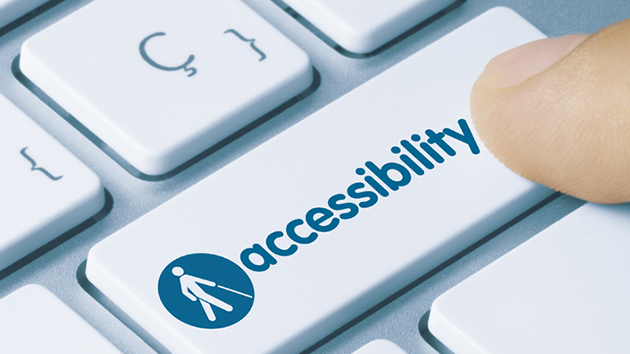Benefits of website accessibility

Website accessibility is a critical aspect of digital design and development that ensures everyone, regardless of their abilities, can use and interact with your website. In this article, we’ll explore the benefits of website accessibility and provide tips for making your website accessible to everyone.
Website accessibility has numerous benefits for both businesses and their customers. Some of the most significant benefits include:
Improved User Experience
Making your website accessible to everyone improves the user experience for all visitors, regardless of their abilities. This includes people with disabilities, elderly people, and those with limited Internet access.
Increased Reach and Audience
By making your website accessible to everyone, you can reach a wider audience and expand your customer base. This includes people with disabilities who may have previously been unable to use your website.
Legal Compliance
In many countries, websites are required by law to be accessible to people with disabilities. Failure to comply with these laws can result in costly legal action and damage to your reputation.
Improved Search Engine Rankings
Making your website accessible can also improve your search engine rankings, as search engines like Google prefer websites that are accessible to everyone.
How to Make Your Website Accessible
Making your website accessible involves designing and developing it in a way that ensures everyone can use and interact with it, regardless of their abilities. Some of the key things you can do to make your website accessible include:
- Use Accessible Markup and Code – Using accessible markup and code is the first step in making your website accessible. This includes using HTML5, ARIA, and other technologies to ensure your website is properly structured and can be easily interpreted by assistive technologies.
- Provide Alt Text for Images – Alt text is a description of an image that can be read by screen readers and other assistive technologies. By providing alt text for all images on your website, you can ensure that everyone can understand what the image represents, regardless of their abilities.
- Make Text and Backgrounds High Contrast – Ensuring that text and backgrounds have high contrast can make your website easier to read for everyone, especially those with visual impairments. This includes using light text on a dark background or dark text on a light background.
- Use Descriptive Links – Using descriptive links, rather than generic links like “click here,” can make your website more accessible to everyone. This includes using descriptive link text that accurately describes the content or destination of the link.
- Test Your Website with Assistive Technologies –
- Finally, testing your website with assistive technologies, like screen readers and keyboard-only navigation, can help you identify any accessibility issues and ensure that everyone can use and interact with your website, regardless of their abilities.
- In conclusion, website accessibility is a critical aspect of digital design and development that ensures everyone can use and interact with your website, regardless of their abilities. By making your website accessible, you can improve the user experience for all visitors, increase your reach and audience, comply with legal requirements, and improve your search engine rankings. By following best practices for accessible markup and code, providing alt text for images, making text and backgrounds high contrast, using descriptive links, and testing your website with assistive technologies, you can make your website accessible to everyone and ensure its success online.


Comments are closed.